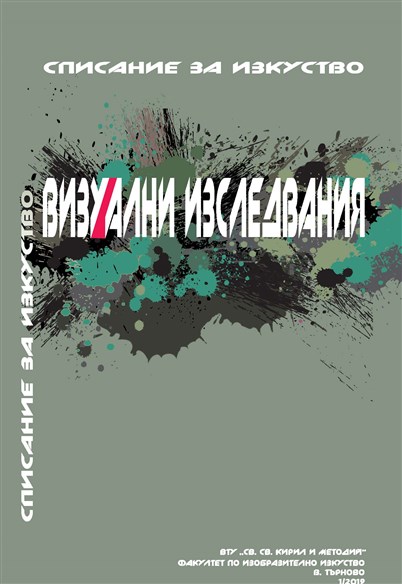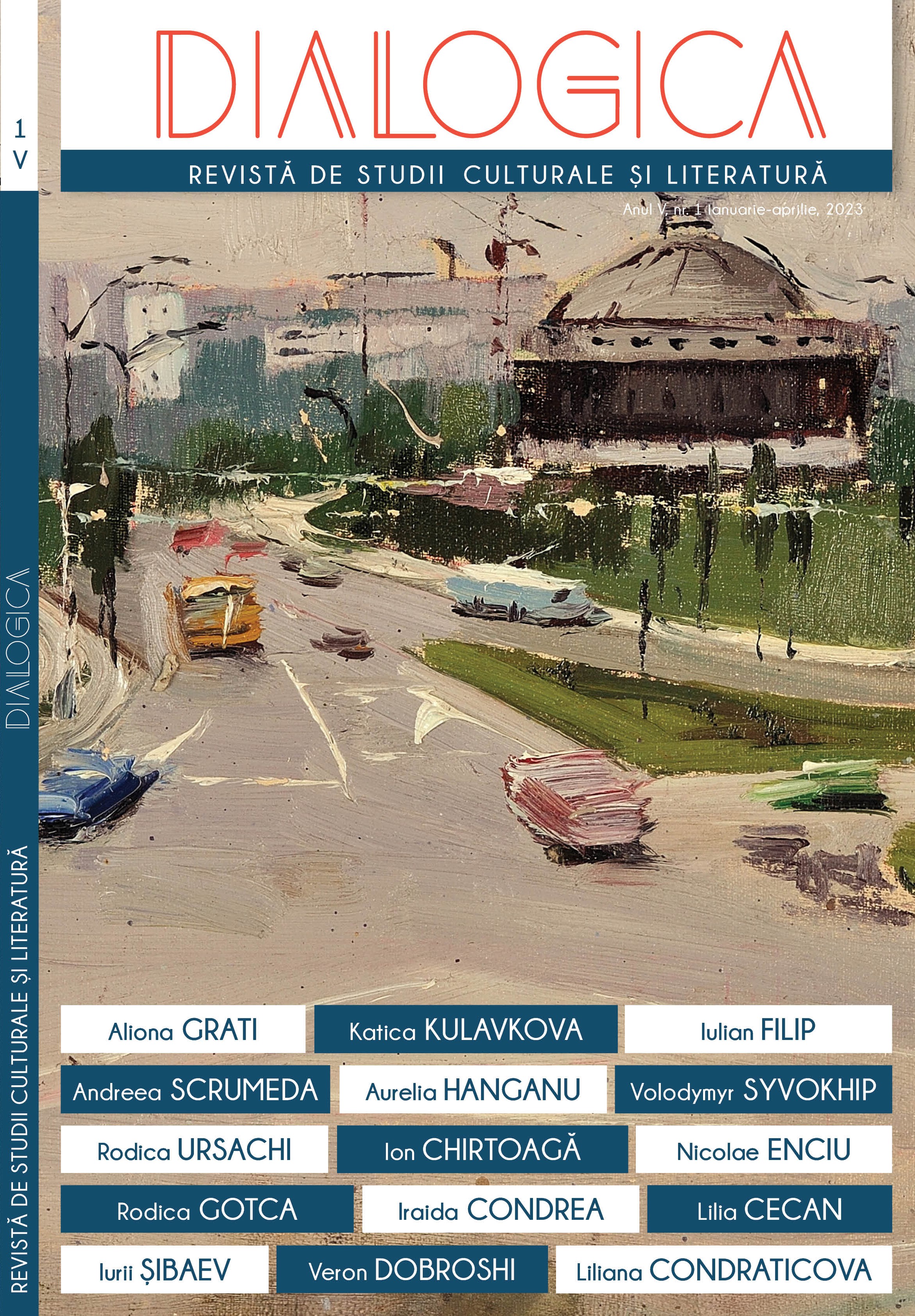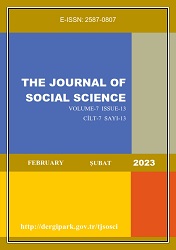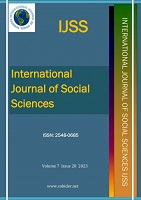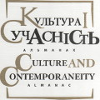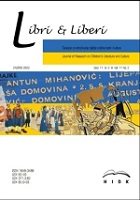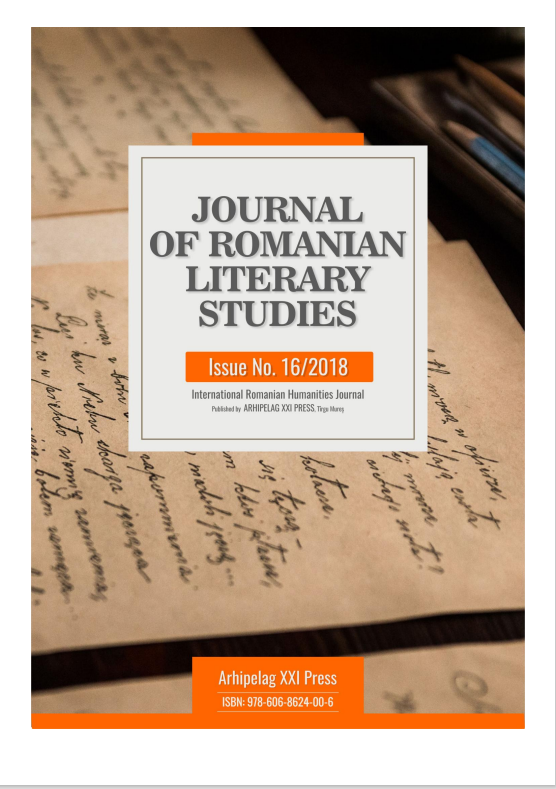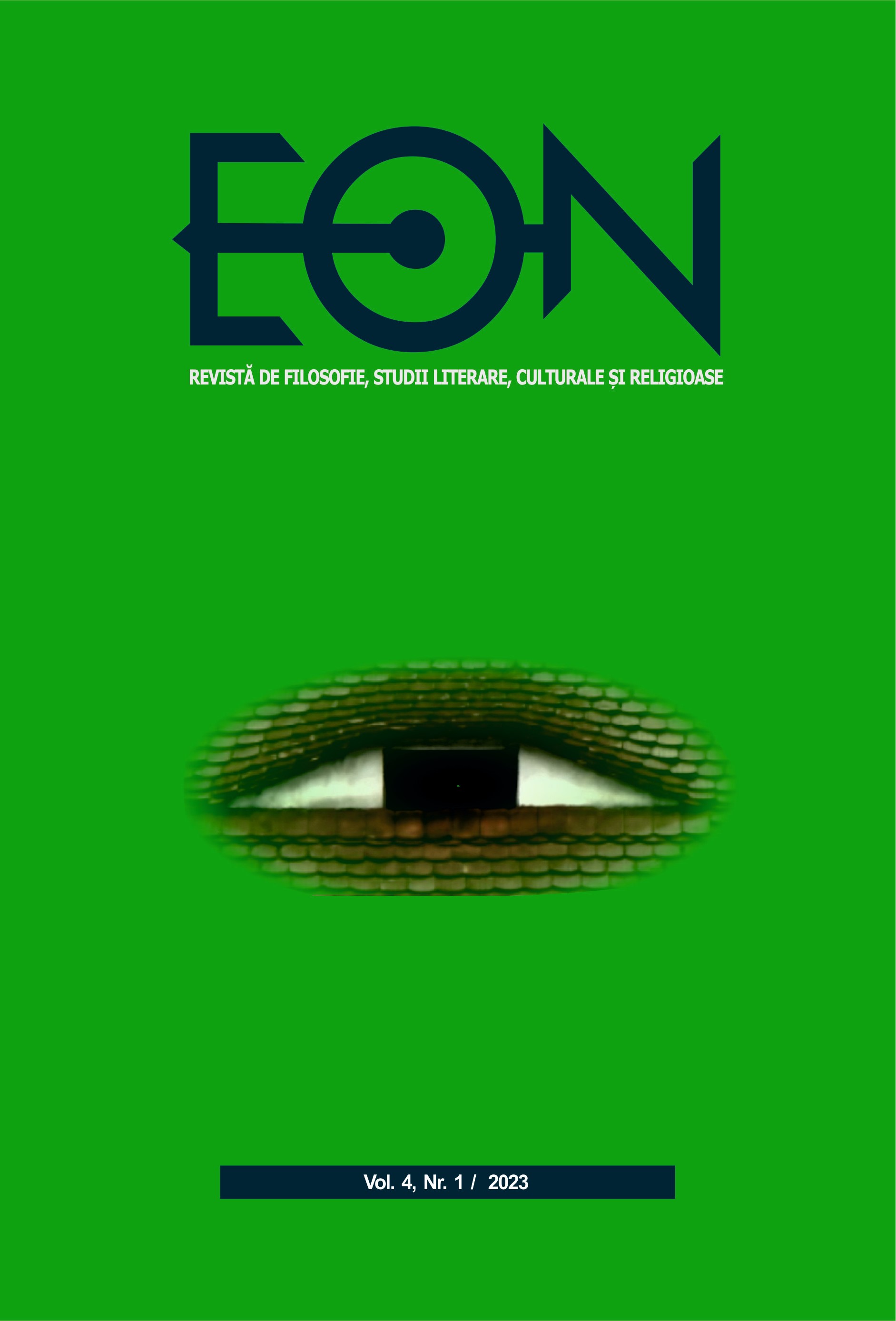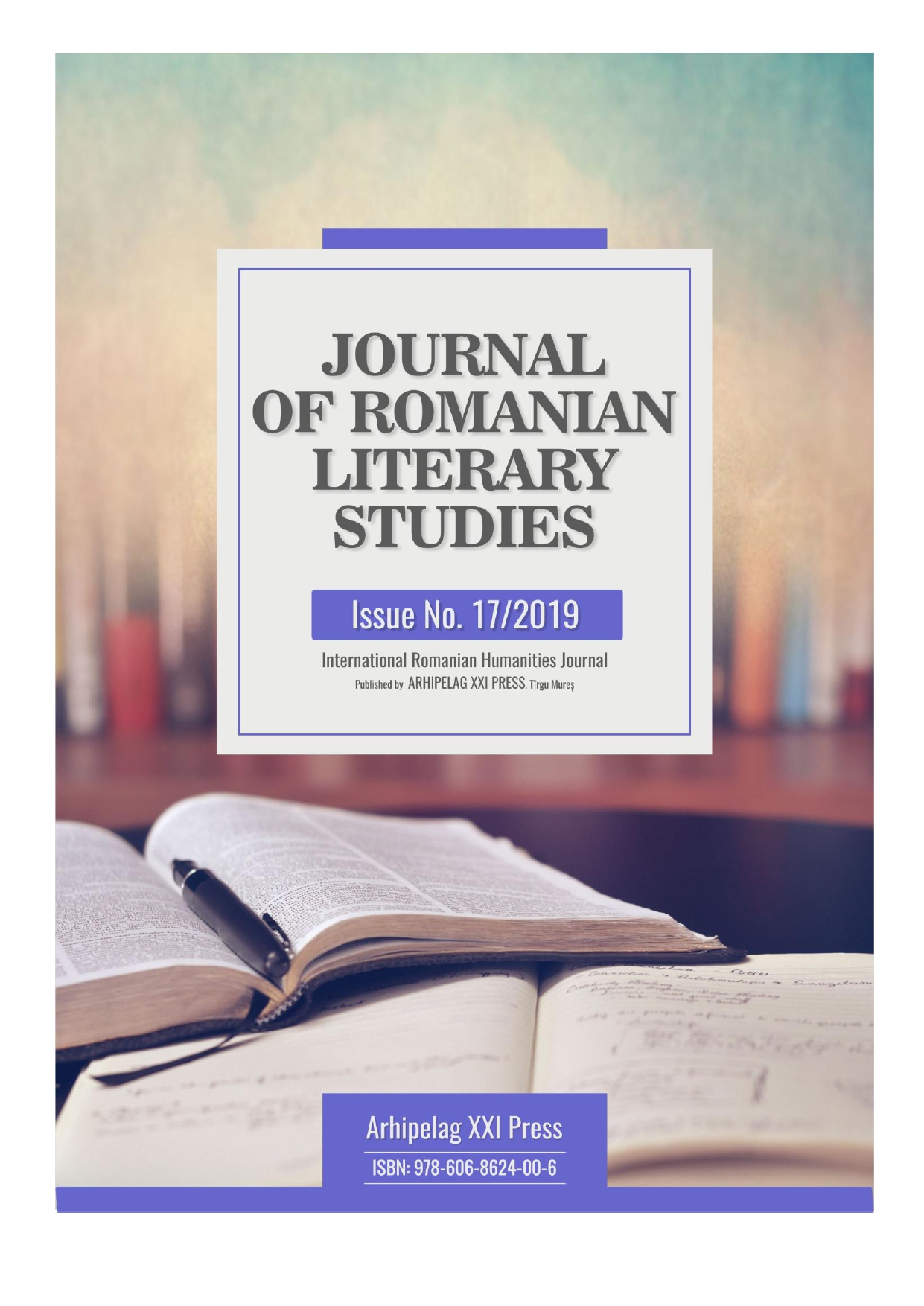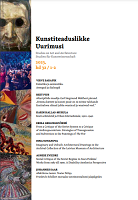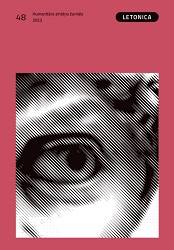Author(s): Oksana Volodymyrivna Popova / Language(s): Ukrainian
Issue: 2/2022
The purpose of the article is to reveal the peculiarities of the concept of stage design of E. Prampolini, one of the Italian futurism theoreticians and practitioners, and to find out the influence of the master on the further development of scenography. Research methodology. The analytical and historical method have been applied to study the treatises of Italian futurists and the historical period of the futuristic scenography formation. The method of comparative analysis enabled comparing E. Prampolini’s concept with the theoretical and practical achievements of other representatives of Italian futurism and the trends of stage design of post-dramatic theatre. The theoretical method has been used to highlight the main trends of futuristic scenography according to E. Prampolini. Scientific novelty. The concept of E. Prampolini’s stage design has been studied in the context of the specifics of Italian futurism. The originality of the artist's creative method has been revealed. The main principles of the interrelationship of dramaturgy, directing, and stage design of the futurists, the relationship between stage design and the actor, dramaturgy, and audience perception have been considered. E. Prampolini’s theoretical works, in particular «Chromaphony» (1913), «Futuristic scenography and choreography» (1915), the manifesto «Futuristic stage atmosphere» (1924), little known in the domestic scientific dimension, have been analysed. Finally, common features of futuristic and modern stage design have been revealed. Conclusions. The history of stage design proves that innovative and intriguing artistic achievements usually arise due to the reaction of artists and dynamic changes in the surrounding reality. Revolutionary artists being inspired by the stormy atmosphere, bring changes to traditional approaches and methods of scenographic solution of the performance. At the beginning of the 20th century, thanks to the work of futurists, the artistic design of a theatrical performance not only underwent huge changes, but also changed its definition in stage art. E. Prampolini, as one of the founders of Italian futurism of the «second wave», approved his own specific approaches, based on the artistic concept and understanding of form, light, colour, and movement as the most important tools in the ensemble art of stage design. The concept of stage design proposed by E. Prampolini, according to which only the scenographer with his perceptive means and understanding can create an equivalent world, is as important as the play itself. It led to the appearance of numerous followers and epigones among the futurists of the «second wave», and thanks to the support of the master's close contacts with various European art and theatre schools, was integrated into the pan-European avant-garde context. According to the main revolutionary idea of the master, the stage design of the futurists, the so-called «subjective stage design», is distinguished from the traditional («objective») stage design of the time. According to E. Prampolini, «subjective stage design» is created by synthesising all means of expression, which together turn a futuristic scene into an abstract whole, and it subconsciously affects the viewer, creates a unique «state of mind» for each production, using shapes, colours, movement, and light. The research has revealed that E. Prampolini's futuristic experiments in the field of stage design directly echo the current trends of postmodern theatre.
More...
